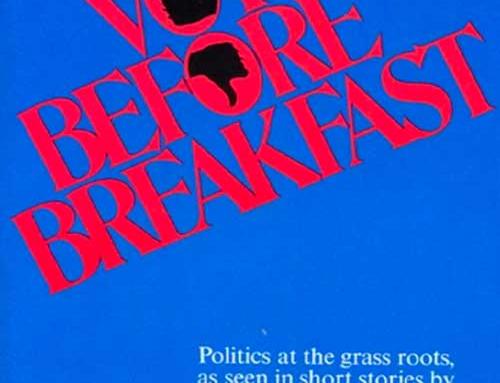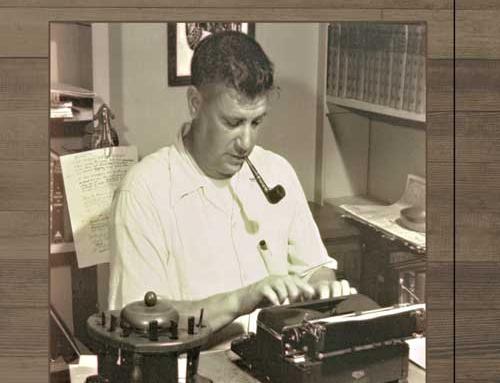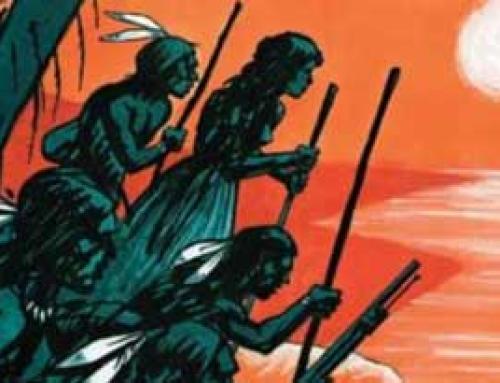Greenup County, located in northeast Kentucky, lies approximately halfway between Ashland, Kentucky, and Portsmouth, Ohio. It is a land of wooded hills and clear, fast-moving streams that empty into the Ohio River, which forms the county’s northern border. The land surface ranges from rich river bottoms to rolling hills with beautiful forests of oak, maple, hickory, ash, and pine covering veins of coal and iron ore. It is home to a number of wonderfully talented people who are some of my best friends.
Settlers first came to the Greenup County area in the mid-18th century. By the late 1700s, settlers from the eastern United States and immigrants from Central Europe formed the first settlement in Kentucky. They carved farms from the hardwood forests and grew vegetables, tobacco, and sorghum. Lucy Virgin Downs, the first white child born west of the Alleghenies, lived in Greenup County. Jesse Boone lived near the town of Greenup, and his famous brother, Daniel Boone, often visited him. “D Boone killed a bar” was carved on a tree in Greenup County after one of his visits.
In 1803, a growing population created Greenup County—named for Kentucky governor Christopher Greenup. Greenupsburg, originally the county seat, was incorporated in 1818; however, the name was changed to Greenup in 1873 to avoid confusion with another Kentucky town. By 1850, there were 19 blast furnaces in Greenup County.
As the county’s population grew, social classes developed. The poorest were timber cutters, furnace laborers, and tenant farmers who lived on isolated hills and in remote, often landlocked, hollows. Separated from the people of the Ohio River towns by finances, culture, and geography, the hill people developed a live-off-the-land lifestyle that combined hard work and ingenuity. Men cut timber to build log cabins and rove shingles for roofs. Women spun and wove wool for clothes. Many of today’s Greenup Countians descended from these proud, independent, and often clannish “hill folk” who became the inspiration for many of the world-famous books, stories, and poems by Greenup County native Jesse Stuart.
Throughout the 19th century, Greenup County was primarily an agricultural and mining area. By the 20th century, its economy diversified because of Ashland Oil, a Fortune 500 company, and Armco Steel. A number of people continued to reside on small farms while supplementing their income with tobacco and other agricultural crops.
Today, our insecure present and uncertain future make us more aware of the proud past that is represented in the photographs of this book. The images in this book capture only a few Greenup Countians, but they represent the spirit of all Greenup Countians. They show self-reliant people who value the product of their hard work. Many of these photographs came from my late friend, Sam Piatt, and from Mildred Enyart Scarborough. They show patriotic people who have fought in American wars from the county’s beginning. They present loyal people who love their families, their homes, and their communities. Look into these faces and you will see integrity and a willingness to sacrifice for the good of others. You will see, etched upon these work-lined visages, people who would be shamed by self-promotion but quick to brag about their children and grandchildren. In these images you will see men, women, and children who love to work and play in the great outdoors. Oftentimes they develop a set of physical skills that serve them well as soldiers, athletes, and family providers. Look into the eyes and smiles of Greenup Countians and you will find a race of great storytellers, musicians, and skilled practitioners of the practical joke. Greenup Countians support their local schools, and they attend church. They believe that education is the key to a better life in this world, and religion is the route to a glorious life in the next.
Today many small businesses have succumbed to the lower prices and impersonal nature of today’s bigger chain stores, but the spirit of the country store lives on among today’s Greenup County businessmen and women, just as the spirit of the one-room school lives among contemporary educators and the spirit of the circuit rider lives among the county’s ministers. The sum total of the spirit captured in these photographs represents the greatness of Greenup County and the greatness of America.
“Images of America: Greenup County” and other books in the Images of America series of pictorial histories, as well as “Greenup County, Kentucky: An Historical Reflection” compiled and edited by Lewis D. Nicholls, are available in the Jesse Stuart Foundation Book Store at 4440 13th Street in Ashland. For more information, call 606-326-1667 or email jsf@jsfbooks.com.
By James M. Gifford
JSF CEO & Senior Editor




